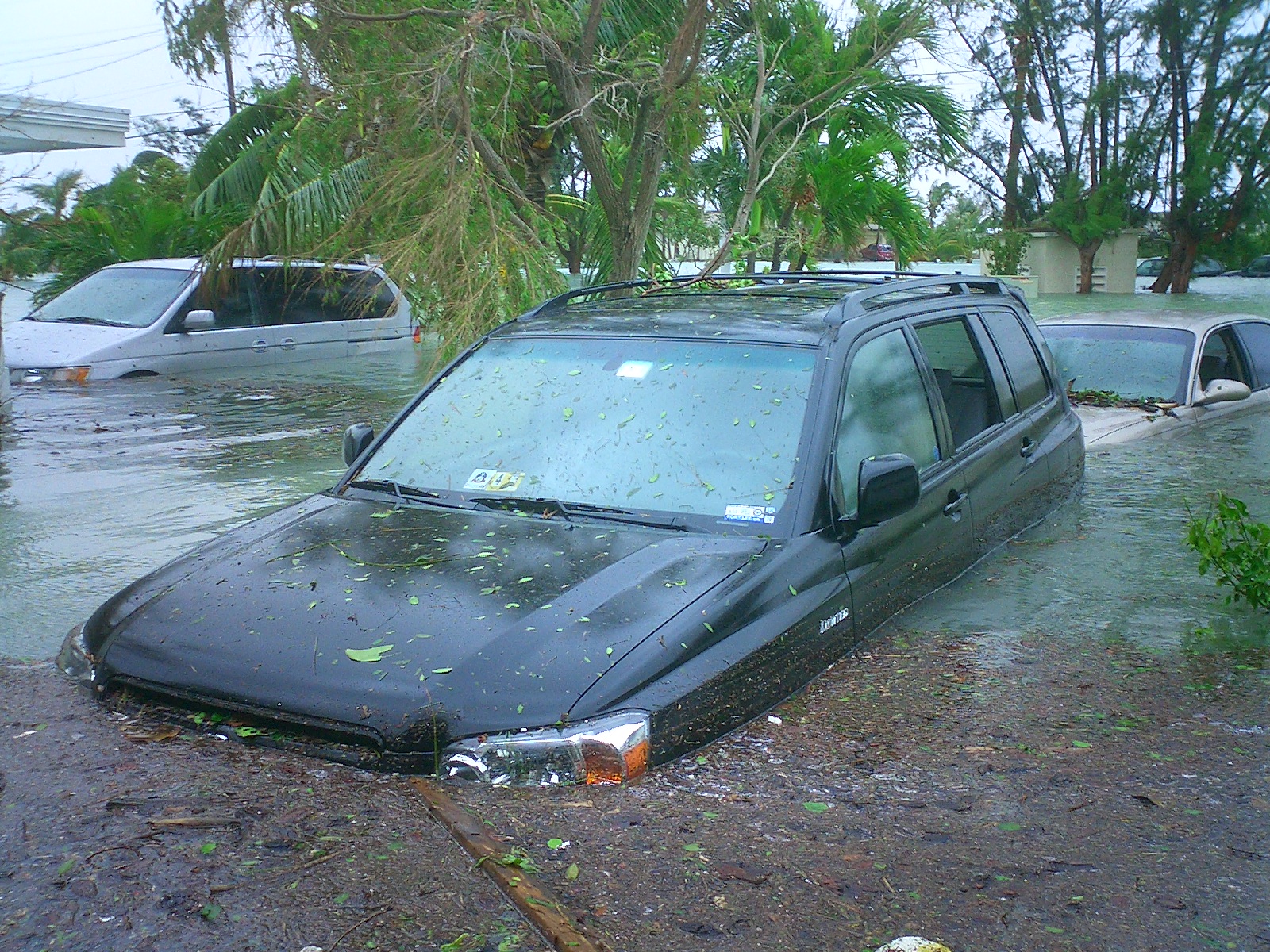30 Nov 2024

Liang Lan
Marine and Environmental Activist
New research led by the University of East Anglia (UEA) quantifies the benefits of limiting global warming to 1.5 degrees Celsius and identifies the hotspot regions for climate change risk in

The study calculates reductions in human exposure to a series of risks—water scarcity and heat stress, vector-borne diseases, coastal and river flooding—that would result from limiting global warming to 1.5 degrees Celsius rather than 2 or 3.66 degrees Celsius. Effects on agricultural yields and the economy are also included.
Researchers from the UK, including scientists from UEA and the University of Bristol, and from PBL Netherlands Environmental Assessment Agency, find that the risks are reduced by 10-44% globally if warming is reduced to 1.5 degrees Celsius rather than 2 degrees Celsius.
Currently, insufficient climate policy has been implemented globally to limit warming to 2 degrees Celsius, so the team also made a comparison with risks that would occur with higher levels of global warming.
Risks will be greater if global warming is greater. The risks at 3.66 degrees Celsius warming are reduced by 26-74% if instead warming is kept to only 2 degrees Celsius. They are reduced even further, by 32-85%, if warming can be limited to just 1.5 degrees Celsius. The ranges are wide because the percentage depends on which of the indicators, for example human exposure to drought or flooding, are being considered.
The findings, published today in the journal Climatic Change, suggest that in percentage terms, the avoided risk is highest for river flooding, drought, and heat stress, but in absolute terms the risk reduction is greatest for drought.
The authors also identify West Africa, India and North America as regions where the risks caused by climate change are projected to increase the most with 1.5 degrees Celsius or 2 degrees Celsius of average global warming by 2100.
The study follows the Intergovernmental Panel on Climate Change (IPCC) Sixth Assessment Report, which finds that global net zero CO2 emissions must be reached in the early 2050s to limit warming to 1.5 degrees Celsius with no or limited overshoot, and around the early 2070s to limit warming to 2 degrees Celsius.
Lead author Prof. Rachel Warren, of the Tyndall Centre for Climate Change Research at UEA, said, "Our findings are important because the Paris Agreement target is to limit global warming to 'well below' 2 degrees Celsius and to 'pursue efforts' to limit it to 1.5 degrees Celsius. This means that decision makers need to understand the benefits of aiming for the lower figure.
"In addition, at COP26 last year, the commitments made by countries in terms of greenhouse gas emission reductions are not sufficient to achieve the Paris goals. At present, current policies would result in average warming of 2.7 degrees Celsius, while the Nationally Determined Contributions for 2030 would limit warming to 2.1 degrees Celsius.
"While there are a number of planned additional actions to reduce emissions further, potentially limiting warming to 1.8 degrees Celsius in the most optimistic case, these still need to be delivered and further additional action is needed to limit warming to 1.5 degrees Celsius."
For this study the researchers ran sophisticated computer simulations of climate change risk, using a common set of climate change scenarios in which global temperatures rise by 2 degrees Celsius and separately by 1.5 degrees Celsius and 3.66 degrees Celsius. They then compared the results.
The findings include:
The study used 21 alternative climate models to simulate the regional patterns of climate change corresponding to 2 degrees Celsius warming and 1.5 degrees Celsius warming respectively. Previous research has used simpler models, a more limited range of climate models, or has covered different risk indicators.
"Quantifying risks avoided by limiting global warming to 1.5 or 2 degrees C above pre‑industrial levels," Rachel Warren et al, is published in Climatic Change on June 29.
Source : Phys.org
Comment
Reply